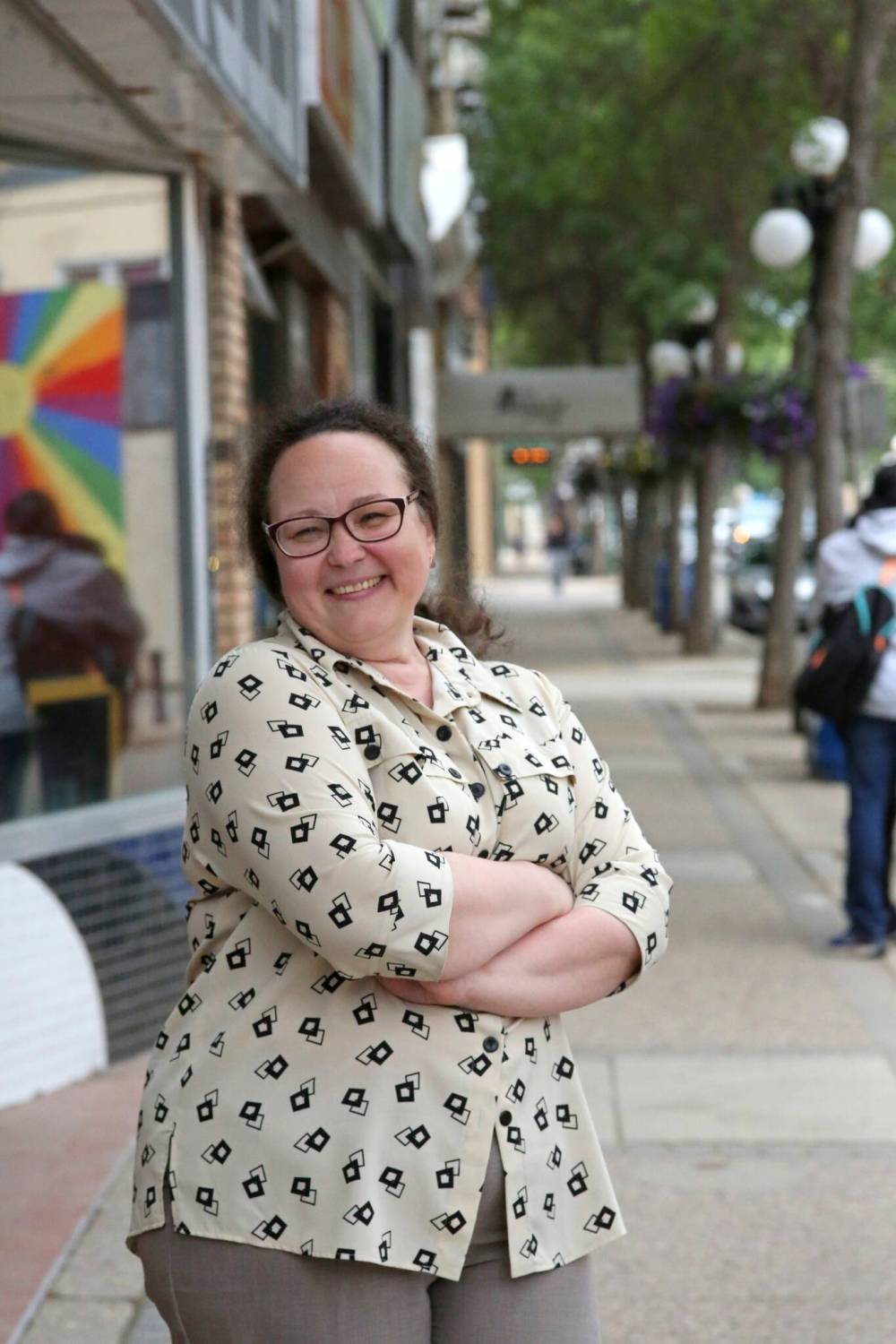Chocolate has its own delicious day
Advertisement
Read this article for free:
or
Already have an account? Log in here »
We need your support!
Local journalism needs your support!
As we navigate through unprecedented times, our journalists are working harder than ever to bring you the latest local updates to keep you safe and informed.
Now, more than ever, we need your support.
Starting at $15.99 plus taxes every four weeks you can access your Brandon Sun online and full access to all content as it appears on our website.
Subscribe Nowor call circulation directly at (204) 727-0527.
Your pledge helps to ensure we provide the news that matters most to your community!
To continue reading, please subscribe:
Add Brandon Sun access to your Winnipeg Free Press subscription for only
$1 for the first 4 weeks*
*$1 will be added to your next bill. After your 4 weeks access is complete your rate will increase by $4.99 a X percent off the regular rate.
Read unlimited articles for free today:
or
Already have an account? Log in here »
It’s the most wonderful time of the year! World Chocolate Day is July 7, a day to commemorate the introduction of chocolate to Europe in the 16th century.
The history of chocolate’s arrival to Europe is a little murky, but it appears to have arrived in Spain first. It started out as a high status bitter drink, spreading amongst the aristocracy.
As its popularity grew, the Swiss, the Belgians, and the French all had a hand in the evolution of its preparation.

Once the Europeans got a hold of it, the rest, as they say, is history.
To celebrate World Chocolate Day here in Brandon, local chocolate maker Svetlana Maltseva, who runs TRueFFeeLS (trueffeels.ca), an online purveyor of fine, handmade chocolates, shares some basics.
The name TRueFFeeLS is a combination of ‘truffles’ and ‘feels.’
“I can say that every eaten piece gives people true emotions, pleasure, a good mood, some true moments and something new every time,” says Maltseva.
“All our products are exclusive, most delicious and top quality. Each candy has its own personality and that is why it makes our chocolate suitable for all occasions.”
Maltseva’s specialty is chocolate truffles, which she describes as a confectionery with a soft centre made of chocolate and cream. She says she keeps the emphasis on wholesome, quality, “from scratch” ingredients.
Chocolate is made from roasted and ground cocoa beans.
“Chocolate truffles are traditionally made with the chocolate in the centre and then coated or rolled into cocoa powder, chopped nuts, or chocolate. I prefer chocolate because it makes shelf life longer than just cocoa powder,” she says.
“The name also derives from its shape, which looks like a small truffle-type mushroom or a chocolate-covered mushroom.”
Added ingredients for flavouring makes each truffle different. Chocolate is versatile and can blend with flavours that might be “counterintuitive.”

One example would be a truffle she calls “Courage,” which is made from dark chocolate and blue cheese.
“You sense at the beginning the sweetness of the chocolate, and then you have the creamy and salty taste. Then those two tastes are combining together and give you that final aftertaste,” she says.
Other unusual combinations include “Energy,” a highly spicy but balanced truffle made with hard cheese and chili pepper, and “Wisdom,” which is scented and flavoured with amaretto and wrapped in a crunchy dark chocolate.
“Our chocolate is never boring for our taste buds. It’s like a burst of taste!” she says.
She says fine chocolate will have only three or four high-quality ingredients. Poor chocolate will have a long list of cheaper ingredients.
“For me, good chocolate is a combination of factors, first of all, the ingredients. At our business, it’s a Belgian professional milk chocolate,” she says.
She says the percentage of each of the ingredients is what lends different qualities to the taste of the chocolate. And it’s very much like a wine tasting where you are taking time to discover all the components.
“Chocolate needs to have that long-lasting aftertaste,” she says.
“You have that magic when you don’t want to eat it non-stop. With our truffles or chocolate bars, or professional, good quality chocolate, you don’t want to eat it one by one. You want to melt it, you want to taste it slowly and savour each bite.”
Finally, she says the other component is proper tempering. Tempering is the process where the chocolate is heated and cooled to certain temperatures to stabilize the cocoa butter crystals.

“If it’s tempered properly, the chocolate has to be crunchy, glossy, not easily melting into your hands, but smoothly melting into your mouth,” she says.
Maltseva points out that high-quality chocolate is more than a treat.
“The good news is that healthy eating can be also delicious, and chocolate, especially dark chocolate in moderation, can be good for our health,” says Svetlana Maltseva.
“Dark chocolate is a source of antioxidants, minerals and may give you benefits for your heart health, brain functions and mood.
“So I just want to say, let’s stay healthy and I wish all of us Happy World Chocolate Day!”
» wendyjbking@gmail.com
